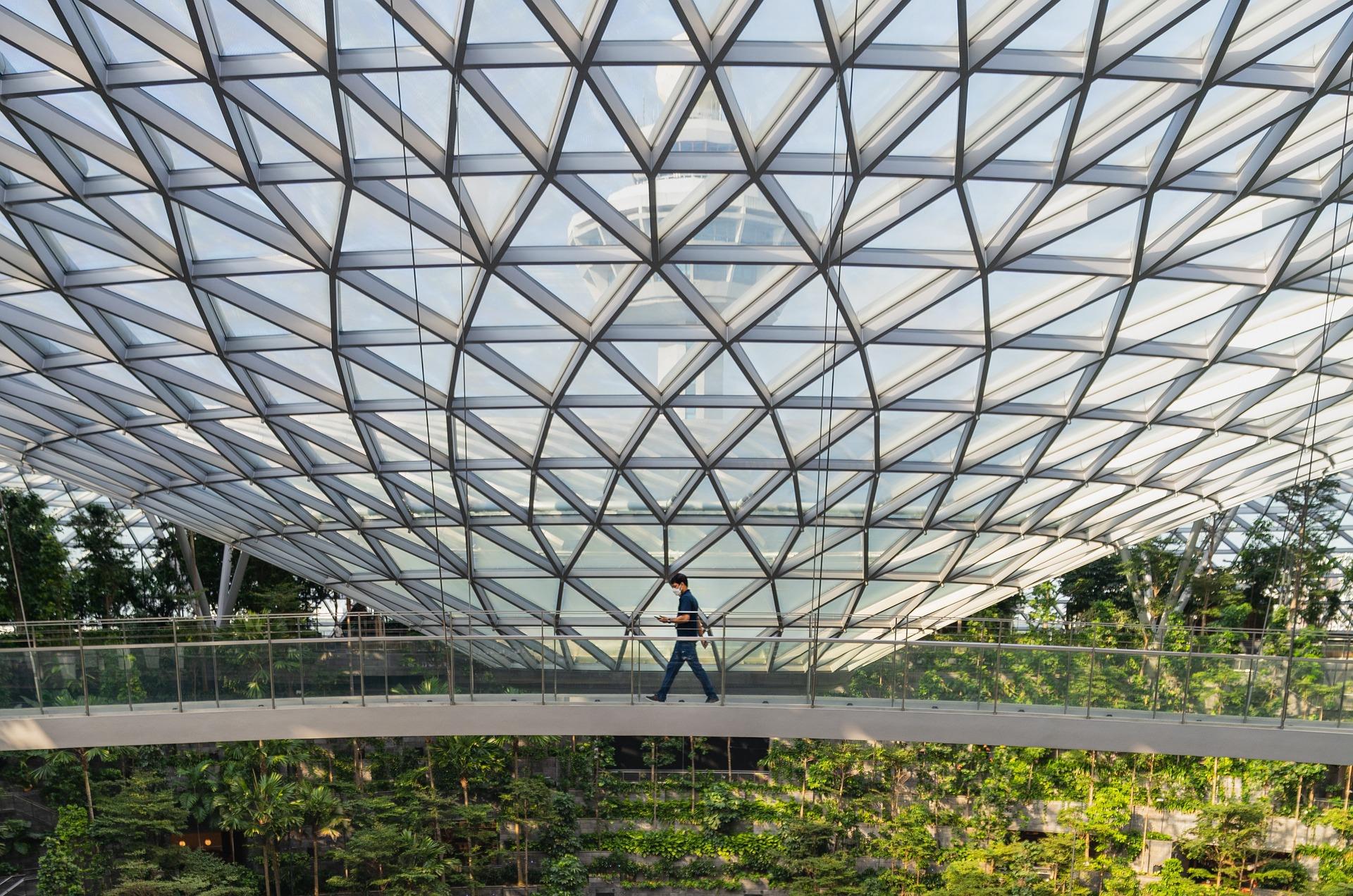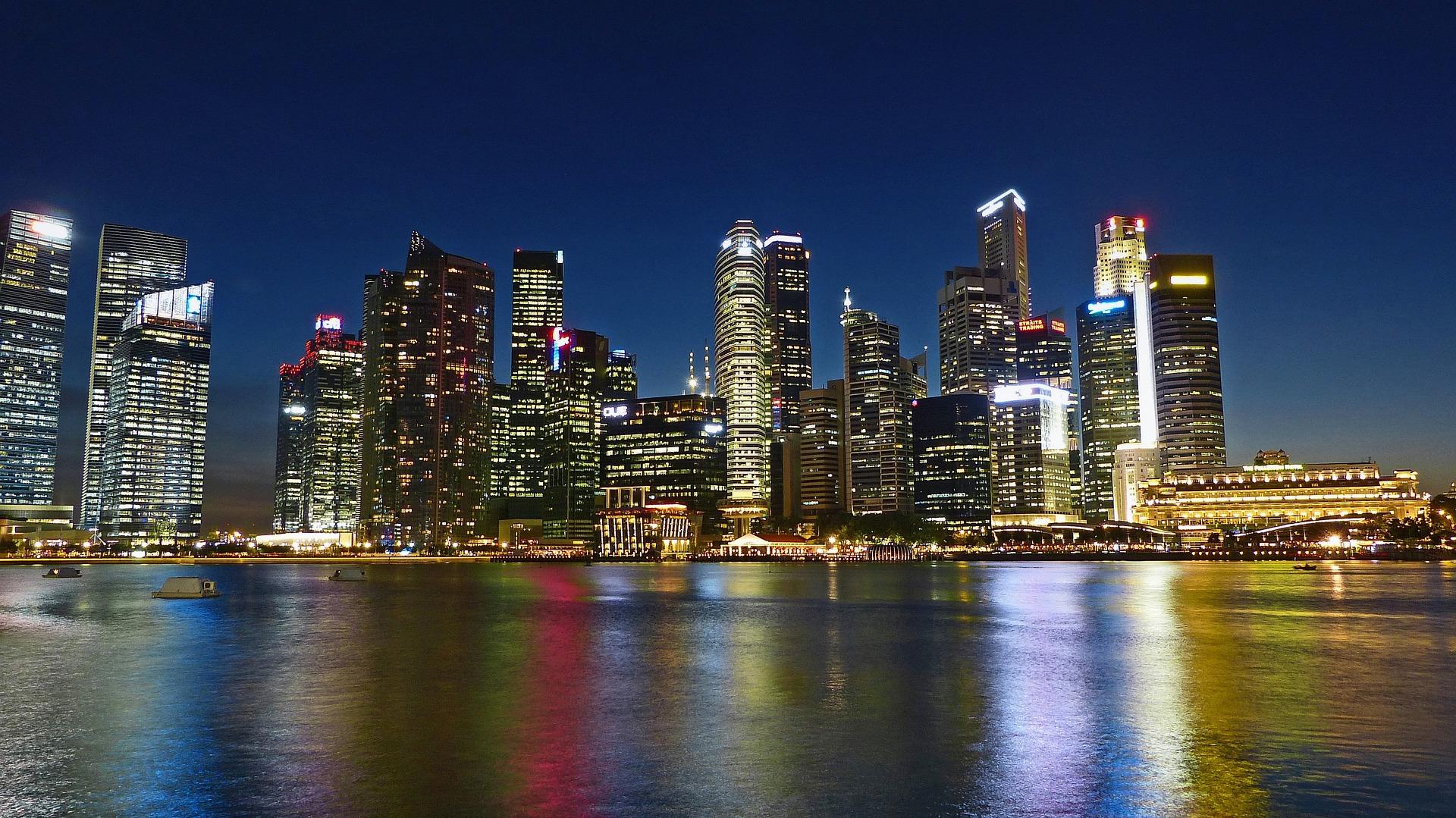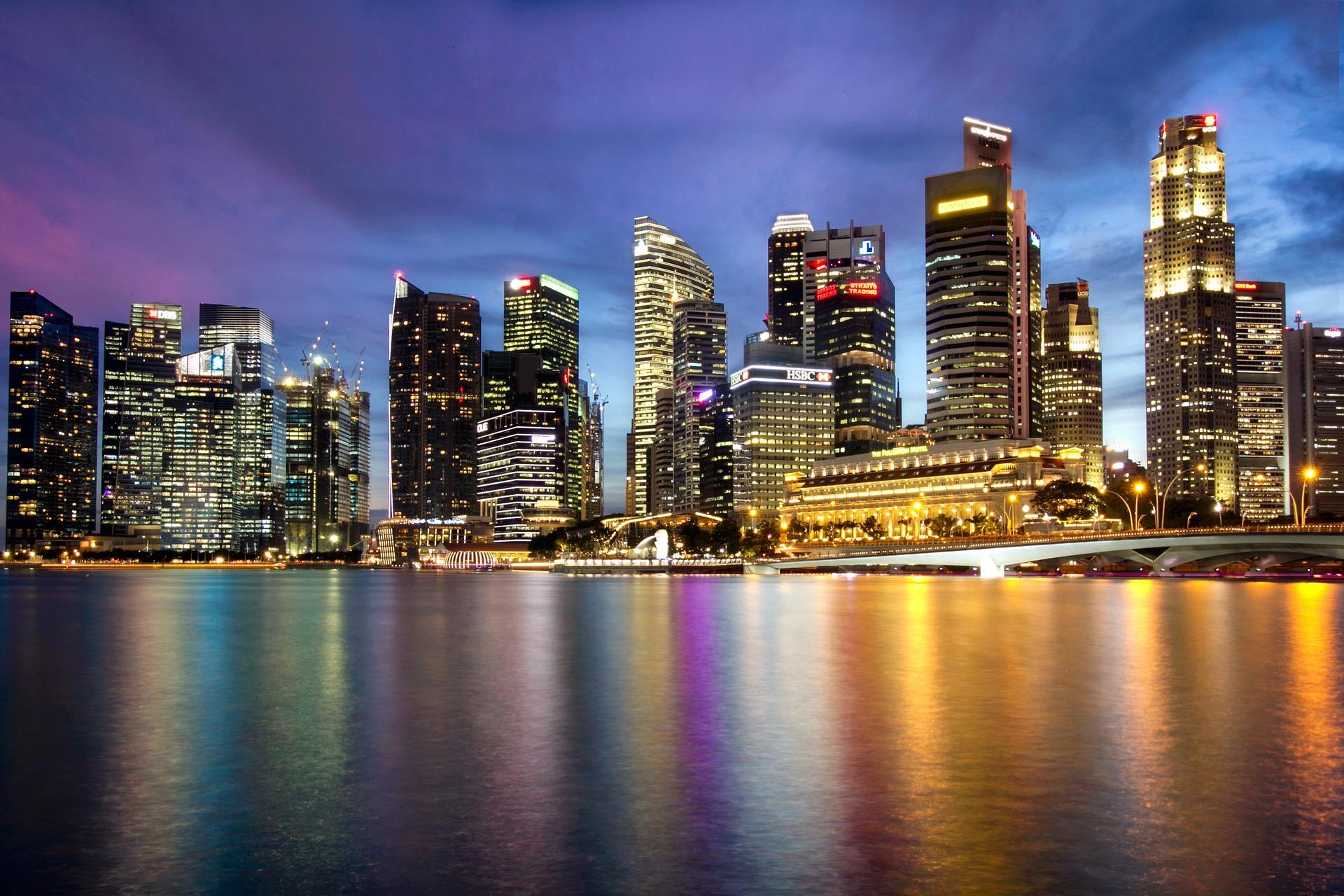
2 minute read
Smart Cities and Water-Smart Urban Designs: The Singapore Model


Advertisement
The 'Smart Cities' concept, combining digital technology and urban design, has gained traction amidst rapid urbanization and climate change. A crucial, often overlooked element of this is water-smart urban design, which manages urban water resources sustainably and resiliently. Singapore exemplifies this, overcoming water scarcity through technology, robust policy-making, and public engagement.
Urban areas, where over half of the world's population resides, heavily impact global water resources. This necessitates innovative, sustainable water management. Water-smart designs integrate water management strategies into the urban fabric, optimizing water use, minimizing waste, and enhancing city resilience to waterrelated issues.
Singapore's Four National Taps Strategy forms the crux of its water strategy, ensuring a sustainable water supply from local catchment water, imported water, high-grade reclaimed water (NEWater), and desalinated water. This diversified approach insulates the citystate against disruptions to any single water source.
Singapore's smart water grid system is central to its smart city initiative. By using an extensive sensor network and digital water meters, Singapore's National Water Agency can monitor the nation's water supply and usage in realtime, detect leaks, and illegal water activities, thereby minimizing water loss. Singapore's buildings also embody its water-smart ethos through the Water

Efficiency Management Plan (WEMP) and Water Efficiency Labelling Scheme (WELS), which encourage water-saving habits.
Further highlighting Singapore's holistic approach is the Active, Beautiful, Clean (ABC) Waters Programme, which integrates drains, canals, and reservoirs with their surrounding environment in a way that enhances aesthetics, promotes biodiversity, and fosters public appreciation of water resources. Strong community engagement, through education about the importance of water conservation and involvement in water management activities, is a cornerstone of Singapore's approach.

Singapore's water-smart urban design provides valuable insights for cities worldwide. It showcases how technology, policy, and community engagement can effectively tackle urban water management challenges. The city-state's success underlines the potential for smart cities to transform their relationship with water, contributing to a more sustainable and resilient urban future.
In conclusion, the future of urban water management depends on our ability to integrate technology, urban design, policy, and community engagement into a comprehensive water-smart strategy. Singapore's success serves as both inspiration and a call to action for cities worldwide. We must rethink our relationship with water, transforming our cities into not just smart, but water-smart spaces.
As we look ahead, other cities must learn from Singapore and integrate water-smart designs into their urban planning. By doing so, they can ensure a sustainable water future for their residents, enhance resilience to climate change, and contribute to global water security.
Digital technologies such as smart meters, IoT sensors, and AI can enable real-time monitoring, prediction of water usage patterns, leak detection, and overall water ef fi ciency improvement. Furthermore, emerging technologies like blockchain could bring even greater transparency and efficiency to water management.

However, technology alone is insufficient. Robust policymaking, public-private partnerships, and community engagement are equally vital. Policies and regulations that promote water-efficient buildings, landscapes, and appliances can institutionalize water conservation. Partnerships can spur innovation and investments in water technologies. Simultaneously, community engagement can foster a culture of conservation, ensuring every citizen plays a part in preserving this invaluable resource.

Green Roofs and Rain Gardens: Urban Solutions to Stormwater Management






